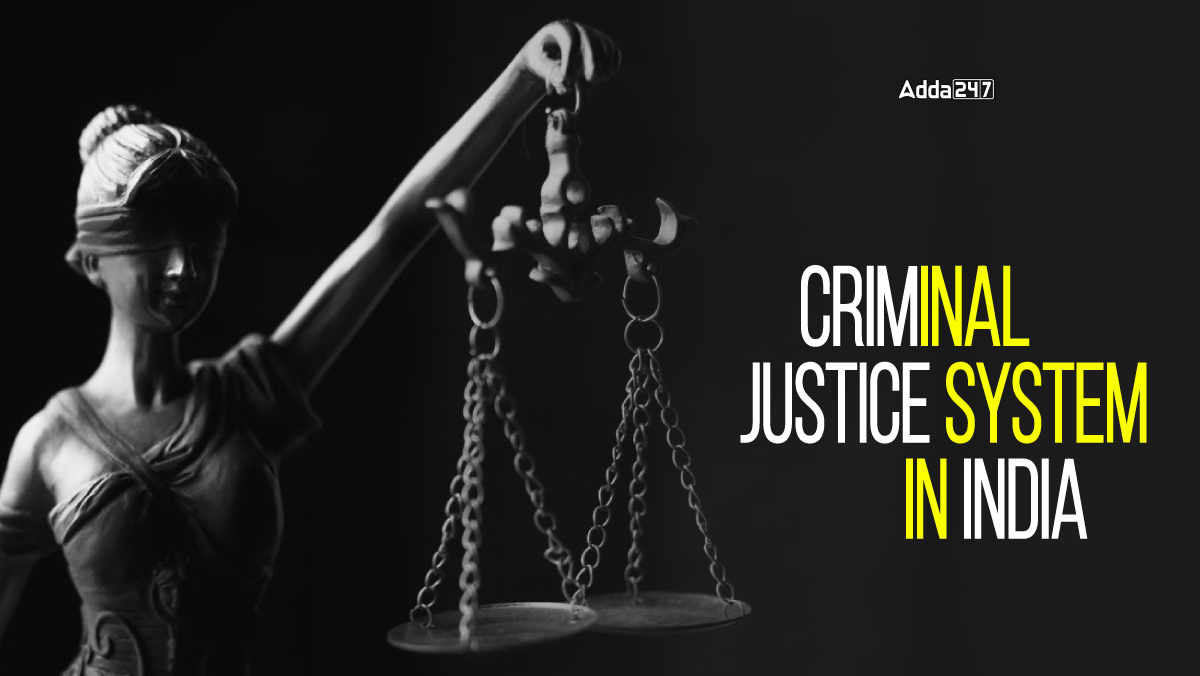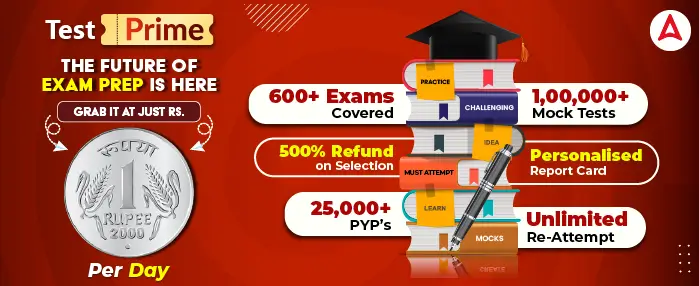Table of Contents
The Criminal Justice System (CJS) in India is the backbone of the Nation’s efforts to maintain law and order, ensure justice, and uphold the rights of citizens. It operates through an intricate network of laws, institutions, and procedures designed to punish offenders, protect the innocent, and maintain public peace. With roots that stretch back centuries, the CJS has undergone significant transformations but continues to face numerous challenges in today’s society. In this article, we explore the structure of the CJS in India, the role of the police, reforms, challenges, and key case studies that highlight the system’s effectiveness and shortcomings.
Overview of the Criminal Justice System in India
India’s Criminal Justice System is built on four primary pillars: police, prosecution, judiciary, and prisons. Each component plays a crucial role in the administration of justice. The system is governed by key Statutes such as the Indian Penal Code (IPC), 1860 (now BNS), the Code of Criminal Procedure (CrPC), 1973,(now BNSS) and the Indian Evidence Act, 1872(now BSA). The primary aim of the CJS is to punish the guilty, protect the innocent, and prevent the recurrence of crimes in society.
Despite its foundational principles, the CJS in India suffers from long pendency of cases, overcrowded prisons, and inefficiencies at multiple levels. The adversarial system of trial, where the prosecution and defense argue their case before an impartial Judge, presumes the accused to be innocent until proven guilty beyond a reasonable doubt.
Differences between the Adversarial and Inquisitorial Systems:
- Objective of the System:
- Adversarial: Seeks to uncover the truth through opposing arguments from both parties, using evidence and witness testimonies.
- Inquisitorial: Aims to find the truth through judicial investigation and inquiry, with the Judge playing a central role.
2. Role of Precedents:
- Adversarial: Precedents play a critical role in shaping the outcome, and Courts rely heavily on them.
- Inquisitorial: Precedents hold less importance and are not central to decision-making.
3. Responsibility for Investigation:
- Adversarial: The police are responsible for gathering evidence, and the Judge makes a decision based on the facts and arguments presented.
- Inquisitorial: The Judge conducts or oversees the investigation, potentially delegating to government officials.
4. Trial Process:
- Adversarial: Involves two parties—prosecution and defense—where the accused is represented by a lawyer, and witnesses undergo cross-examination.
- Inquisitorial: There is no cross-examination of witnesses; instead, they are questioned only by the Judge.
5. Approach to Evidence:
- Adversarial: Strict rules on the admissibility of evidence, with a clear distinction between what is acceptable and what is not (e.g., hearsay is inadmissible).
- Inquisitorial: The rules around evidence are more flexible, and hearsay may be accepted.
6. Role of the Victim:
- Adversarial: The victim is not a direct party to the case, as the state takes responsibility for prosecuting the accused.
- Inquisitorial: The victim plays an active role, often filing the case themselves and participating directly.
7. Court Structure:
- Adversarial: Follows a clear hierarchy of Courts, with the authority to adjudicate cases based on the law.
- Inquisitorial: Special Courts exist for different types of matters, such as administrative or Constitutional Courts.
8. Presumption of Innocence:
- Adversarial: The accused is presumed innocent until proven guilty, and the prosecution bears the burden of proof.
- Inquisitorial: There is no such presumption; guilt or innocence is determined through the Judge’s inquiry.
Role of the Police in India’s Criminal Justice System
The police are the first point of contact between the State and individuals in criminal matters. They are responsible for enforcing laws, maintaining peace, and investigating crimes. The police register complaints (FIRs), conduct investigations, gather evidence, and apprehend suspects. In India, police work is largely governed by the Police Act, 1861 and various State-specific laws.
However, the police system faces criticism for being overburdened, under-resourced, and prone to corruption. Reports of custodial violence, illegal detention, and political interference tarnish the reputation of the police force. Judicial interventions, such as in Prakash Singh v. Union of India (2006), have called for police reforms, including the establishment of State Security Commissions to reduce political influence.
Reforms in Criminal Justice
Various Committees and Commissions have been formed to suggest reforms in the CJS, with a focus on police accountability, judicial efficiency, and prison conditions. The Malimath Committee (2003) made recommendations aimed at speeding up trials, enhancing victim rights, and reducing delays in the system. It proposed shifting towards an inquisitorial system to reduce the burden on Courts and improve case resolution timelines.
In recent times, the government has introduced measures like fast-track Courts for speedy trials in sensitive cases such as sexual violence and corruption. However, the effectiveness of these reforms is often hampered by poor infrastructure and insufficient staffing.
Indian Penal Code Shapes Criminal Justice in India
The Indian Penal Code (IPC), enacted in 1860, forms the core of criminal law in India. It classifies offenses and prescribes punishments for crimes ranging from theft and murder to sedition and defamation. The IPC is a comprehensive Statute that has been amended several times to reflect the changing nature of crimes, such as cybercrimes and white-collar offenses.
Despite being over a century old, the IPC remains relevant but is criticized for being outdated in addressing modern crimes. The Bhartiya Nyaya Sanhita, a proposed new Criminal Code, aims to replace the IPC with updated provisions to better address present-day challenges.
Challenges and Solutions
The Indian CJS faces multiple challenges that hinder its efficiency:
1. Pendency of Cases: Over 5 crore cases are pending across Indian Courts, resulting in delays in delivering justice. A key solution is the appointment of more Judges, particularly through All India Judicial Services, to reduce the workload on existing Judges.
2. Overcrowded Prisons: With over 70% of the prison population comprising undertrial prisoners, overcrowding has become a severe issue. Implementing bail reforms and expediting trials are essential to address this problem.
3. Lack of Resources: From inadequate infrastructure in courts to the outdated technology used by police, the system requires significant resource investment.
4. Political Interference: Police and judicial independence are often compromised by political influence, as seen in cases like Lakhimpur Kheri violence (2021). Transparent recruitment and promotion processes are needed to curb this issue.
Case Study – Criminal Justice System in India
In Hussainara Khatoon v. State of Bihar (1979), the Supreme Court addressed the issue of undertrial prisoners languishing in jail due to delayed trials. The case highlighted the fundamental right to a speedy trial under Article 21 of the Constitution and led to reforms in bail and trial procedures.
Another landmark case, Prakash Singh v. Union of India (2006), resulted in comprehensive guidelines for police reforms, including separating law and order functions from investigative duties and creating State security commissions to ensure accountability.
Conclusion
The Criminal Justice System in India is a complex yet critical mechanism that ensures the enforcement of laws and protection of citizens’ rights. Despite its many challenges, recent reforms and judicial interventions have sought to address inefficiencies and delays. Moving forward, the government and judiciary must work in tandem to strengthen the system’s capacity, streamline processes, and safeguard human rights. Reforms should focus not only on punishing the guilty but also on protecting the innocent, ensuring that justice is both fair and swift.



 TSPSC Group 1 Question Paper 2024, Downl...
TSPSC Group 1 Question Paper 2024, Downl...
 TSPSC Group 1 Answer key 2024 Out, Downl...
TSPSC Group 1 Answer key 2024 Out, Downl...
 UPSC Prelims 2024 Question Paper, Downlo...
UPSC Prelims 2024 Question Paper, Downlo...





